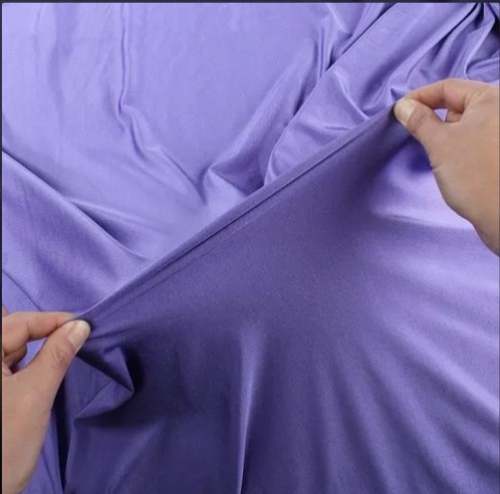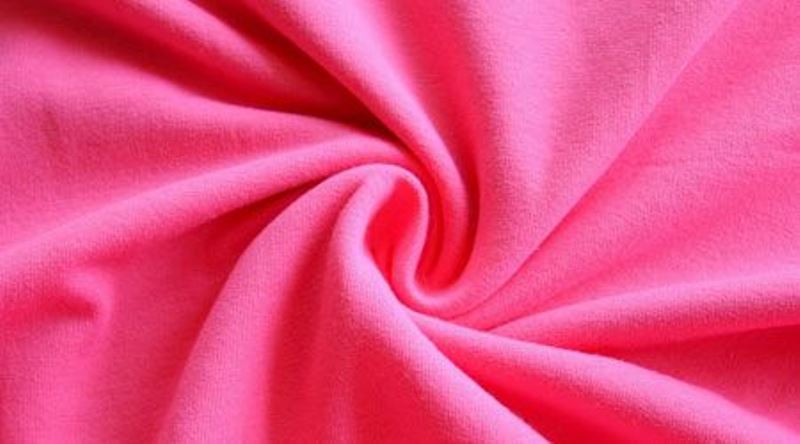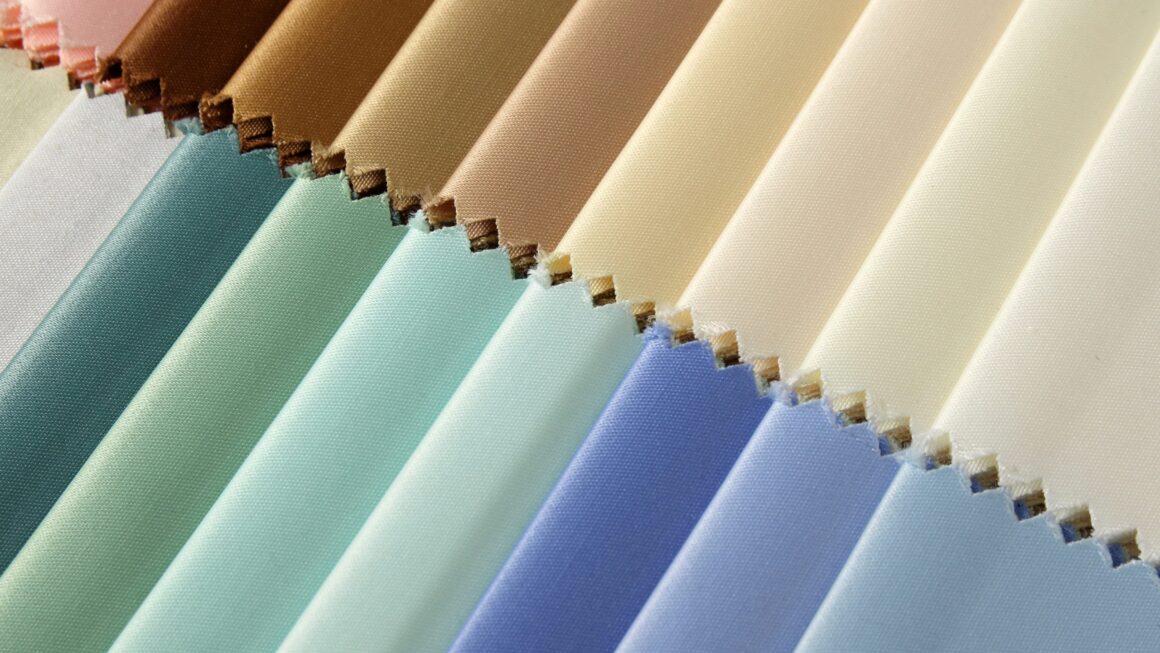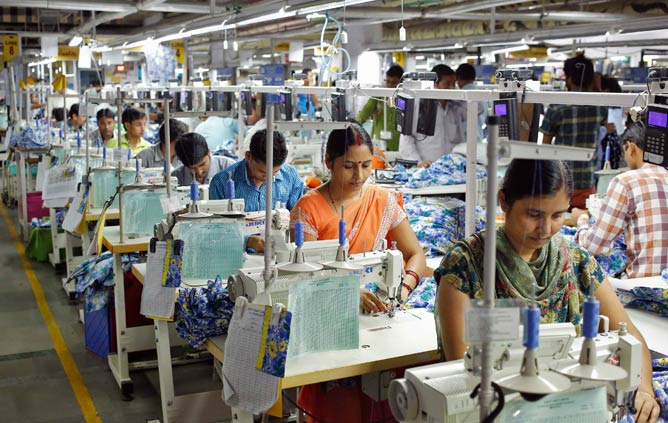Spandex Fabric, also known as Lycra or elastane, is a fabric that has transformed the world of clothing. Known for its incredible elasticity, spandex fibers can stretch to several times their original size and still spring back effortlessly. This property has made it an essential ingredient in a multitude of garments, including activewear, swimwear, undergarments, and anything else where comfort and freedom of movement are paramount.
Properties of Spandex Fabric
- Extraordinary Stretch: The hallmark of spandex is its ability to stretch 5 to 8 times its original length without losing its shape.
- Exceptional Recovery: Spandex quickly bounces back to its original dimensions, ensuring your clothes don’t sag or lose structure over time.
- Lightweight: Spandex adds stretch without adding significant bulk or weight.
- Durable and Resilient: Spandex fabric withstands wear and tear, abrasion, and even resists degradation from oils and sweat.
- Comfortable and Breathable: The smooth, flexible nature of spandex feels great against the skin and allows for comfortable movement.
- Moisture-wicking: While not inherently moisture-wicking, spandex is often blended with other fibers to manage perspiration in sportswear.

Must Read: Top 10 Most Influential American Fashion Brands in the USA
How is Spandex Fabric Made?
Spandex is a marvel of chemical engineering. It is a synthetic fiber made from polyurethane, a type of polymer. The manufacturing process is complex and involves several steps:
- Polymer Production: The first step is creating long chains of polyurethane molecules through a process called polymerization.
- Fiber Spinning: The polyurethane polymer is dissolved into a solvent and then extruded through tiny holes in a spinneret. This forms long, thin filaments.
- Chemical Treatment: The newly formed fibers undergo chemical treatments to enhance their elasticity, strength, and resistance to degradation.
- Twisting and Weaving: The spandex fibers are then twisted and combined with other fibers like cotton, nylon, or polyester, and woven or knitted into fabrics with the desired stretch and performance characteristics.
Must Read: Top 10 Garment Manufacturers in the USA
Lycra vs. Spandex: What’s the Difference?
Lycra is simply a brand name for spandex, much like how Kleenex is a brand name for facial tissues. The term spandex is the generic name for the fiber, while Lycra is the trademarked name owned by the company Invista (formerly DuPont).

Uses of Spandex
Due to its unique properties, spandex finds a home in a diverse range of garments:
- Activewear: Spandex allows for unrestricted movement in yoga pants, leggings, sports bras, and workout gear.
- Swimwear: Spandex provides stretch and chlorine resistance for swimsuits and competition swimwear.
- Undergarments: Spandex offers a comfortable, secure fit in lingerie, shapewear, and hosiery.
- Denim: A small amount of spandex in your jeans adds comfort and stretch.
- Formalwear: Spandex can even make an appearance in tailored suiting and dresses for a touch of flexibility.
Must Read: Top Indian Clothing Manufacturing Companies
Caring for Spandex
With proper care, spandex can last for years. Here are a few tips:
- Gentle Washing: Use mild detergent and cold water on a delicate cycle.
- Air Drying: Hang your spandex clothing to dry. Avoid high heat in the dryer, as this can degrade the fibers.
- Avoid Harsh Chemicals: Bleach and some fabric softeners can damage spandex.
Must Read: Top 10 Clothing Brands in the USA
In Conclusion
Spandex Fabric revolutionized stretch and comfort in clothing. If you’re looking for garments that move with you and bounce back in shape, spandex is an invaluable ingredient. Wings2fashion is one of the leading Fabric Supplier & Exporter India.
I hope this blog post was helpful! Let me know if you have any other topics you’d like me to cover.


